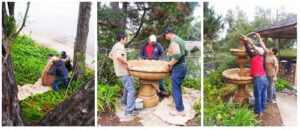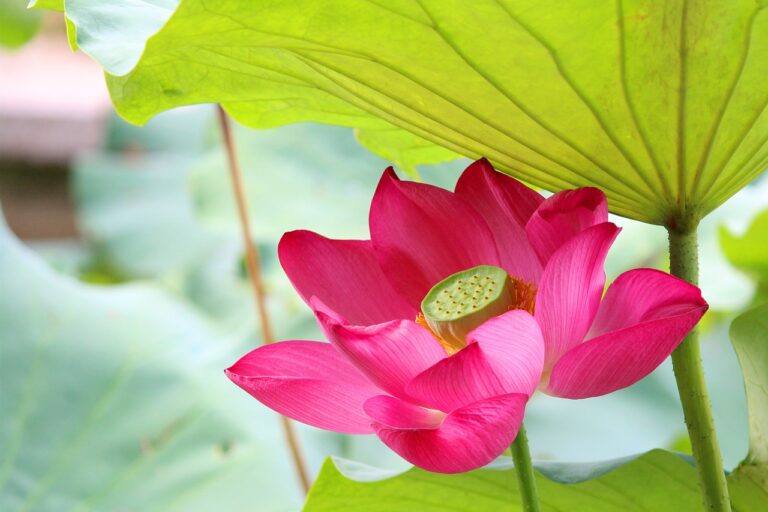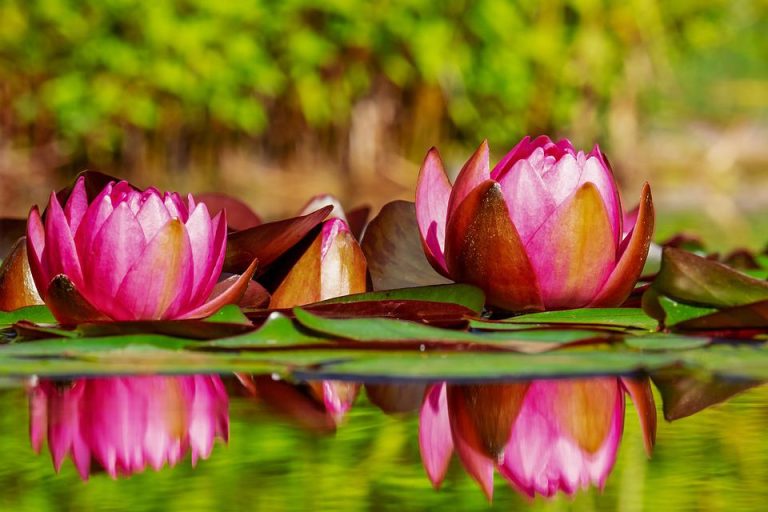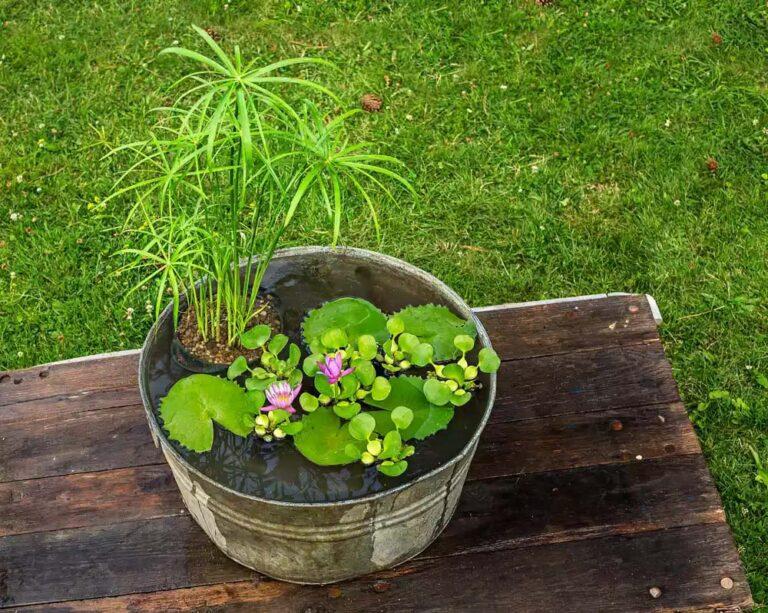How to Install a Cast Stone Fountain
 For large heavy installations, we advise that you contact a local contractor for help if it’s a large fountain. It’s worth it. They know the local environment (e.g., soil) and your building codes to make your installation a successful one.
For large heavy installations, we advise that you contact a local contractor for help if it’s a large fountain. It’s worth it. They know the local environment (e.g., soil) and your building codes to make your installation a successful one.
The first thing to consider is where you’ll place your new fountain. You’ll need power for the pump and lights. The power cord should be underground for safety reasons. Check your local codes or consult a local contractor for assistance.
The second thing to consider is the weight of the fountain. Why? Because you don’t want your fountain to become like the “Leaning Tower of Pisa” if where you place it starts packing unevenly. Medium to large fountains with no ground pool should be set on a concrete foundation, compacted gravel, or paver stone.
Fountains with a large one-piece pond, (48” diameter and up) must be placed on a soft surface like sand or gravel (not dirt). If a pond basin is to be installed on a hard surface like concrete or pavers, a 1”-2” layer of sand must be applied over the surface. The sand will help with leveling by allowing the basin to settle and be completely supported, reducing the risk of possible stress cracks due to uneven support. Sand can be grouted after installation to prevent and run-off.
Generic installation instructions are listed below. If you want to review the instructions for the fountain that you plan to purchase, then ask us for the instructions. We’ll need the name of the fountain and reference number.
- Silicone adhesive is recommended for putting between the stacked components of fountains, statues, birdbaths, lanterns, and other cast stone items. Apply liberally on the top of bottom piece where it will join with the top piece.
- Carefully and firmly place the top piece on it and ensure that the pieces are balanced.
- Allow to set.
NOTE: Always detach silicone-adhered pieces before lifting or moving.
- Do not lift birdbath, fountains, lanterns or other units without first completely disassembling them. Otherwise they may come apart during transit, fall and break.
- Carefully detach the silicone-adhered pieces with a gentle rocking and twisting motion.
- Reassemble with silicone adhesion as described above.
- Place the fountain pedestal or statuary on a firm and level location. Ensure that the surface is firm, stable, and strong. The fountain or statuary should not sink into the ground, break through the flooring, or wobble.
- Fountains and large statues. A level surface and build is necessary for even water flow. A concrete patio block may be used, or pour a permanent concrete pad.
- Fountains. Consult a licensed electrician and your building codes so that your fountain is safely installed according to your local codes and regulations.
- Some fountains may use a submersible recirculating pump. In this case, no plumbing lines are needed.
- For pumps and lights fed by your electrical outlets, you will need a grounded 110V (AC only) GCFI protected receptacle near the fountain site. It’s best to bury the power lines.
- Consider solar power for your pump and lights.
- Your fountain site should be within reach of a garden hose to replenish the water as it evaporates and to rinse the fountain.
NOTE: The water level must be full to the rim AT ALL TIMES otherwise the concrete is susceptible to shock and may crack.






